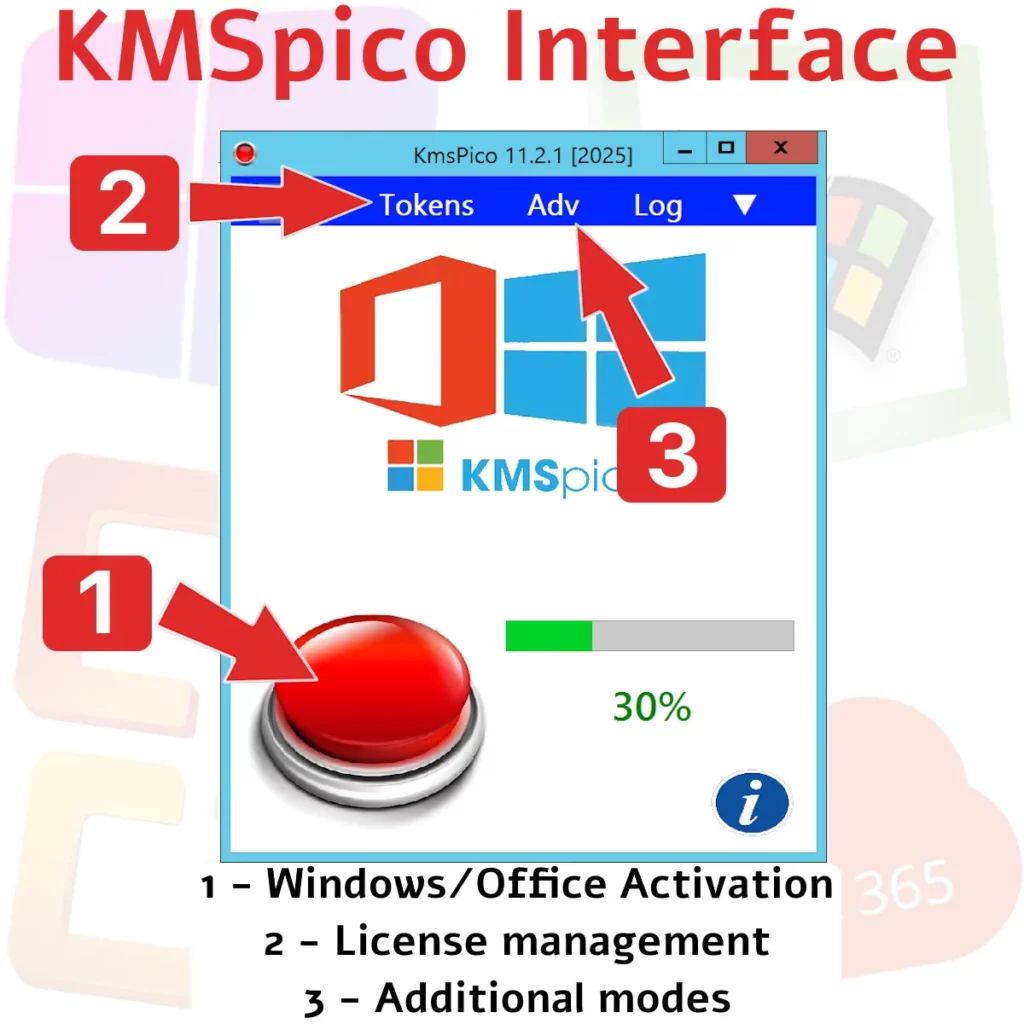
Software activation is a critical component of using any operating system, with Windows 10 being no exception. As a Software Licensing Specialist, it’s crucial to understand the ramifications of choosing between legal and illegal activation paths. In this article, we will delve into the differences between legally acquiring a Windows 10 license and resorting to unauthorized methods such as a windows 10 activator.
Understanding Legal Software Activation
Legal software activation for Windows 10 typically involves purchasing a valid product key from authorized vendors or directly from Microsoft. Upon purchasing, users receive a digital license that allows them to activate their copy of Windows 10 legitimately. This process ensures that users receive updates directly from Microsoft, enhancing security and functionality. It also entitles users to customer support and compliance with the End User License Agreement (EULA).
The Role of Digital License
A digital license is an essential aspect of legal activation. It ties your activated status to your hardware, eliminating the need for manual entry of a product key after major hardware changes or reinstallation. This method is seamless and ensures continuous compliance with licensing terms. Moreover, it simplifies the reactivation process during upgrades or repairs, thereby providing a hassle-free user experience while maintaining system integrity.
Digital licenses are linked to your Microsoft account, which enables easy transitions between devices under the same account umbrella. This connectivity ensures that even if you change hardware components, your operating system remains active without needing additional interventions.
Illegal Activation Paths: The Case of Windows 10 Activator
On the other hand, some users opt for illegal methods like the windows 10 activator tools to bypass official licensing. These tools, such as KMSpico, are designed to trick Windows into thinking it is activated by emulating legitimate channels. While these solutions might offer immediate benefits without upfront costs, they pose significant risks including malware infections, data breaches, and loss of official support from Microsoft.
Risks Associated with KMS Activation Tools
- KMS activators often come bundled with malware or adware that can compromise system security.
- Users may face unpredictable system behavior and frequent crashes due to unauthorized code alterations.
- Microsoft continuously updates its detection mechanisms, which can lead to deactivation of illegally activated systems.
The Case Against KMSpico Official
Tools claiming to be the “KMSpico official” versions often proliferate through unofficial channels. These versions can expose systems to severe vulnerabilities as they lack the security measures present in licensed software. Furthermore, downloading software from unofficial sources often results in exposure to harmful threats that can severely impact the integrity and privacy of user data.
Even beyond security concerns, using such tools places users at odds with software licensing laws which could result in legal actions from Microsoft or other entities tasked with upholding intellectual property rights.
The Prevalence of KMS Activators
KMS activators have been widely used not only for windows but also for activating other Microsoft products like MS Office Activator and KMS Activator Office 2019. However, using these tools contravenes Microsoft’s licensing agreements and could result in legal consequences. The use of such activators is prevalent due to their ability to mimic corporate Volume Licensing environments where KMS (Key Management Service) is legitimately employed. However, deploying these in home settings violates their intended use case.
The Risks Versus Rewards Equation
The perceived reward of saving on licensing costs by using a windows 10 activator comes at high risk. Should malware infiltrate your system via one of these tools, resulting damages can exceed the cost savings achieved by not purchasing an authentic license. Moreover, these unauthorized solutions may lead to compromised system performance or even permanent damage to your operating system’s core functionalities.
The initial cost-saving allure fades rapidly when faced with potential data loss or identity theft due to malware introduced by illicit software usage. Furthermore, businesses leveraging such shortcuts may suffer reputational damage if found non-compliant during audits.
Concrete Tool Use: DISM Command Line Utility
In contrast, legitimate administrators often use tools like the DISM command line utility within sanctioned environments. This tool assists in managing images and deployments properly under correct licensing arrangements. By adhering to legitimate practices, organizations ensure that their operations run smoothly while maintaining compliance with all necessary legal standards.
The DISM tool not only supports proper activation but also aids in ensuring systems are updated with the latest patches and features offered by Microsoft—something illicit activations cannot guarantee due to inherent compatibility issues.
Legal Implications and Compliance
Pursuing illegal activation paths puts organizations at risk of non-compliance with software regulations which could trigger audits or penalties imposed by regulatory entities.
Companies must ensure all software installations comply with EULA terms to prevent potential contract terminations or fines based on unauthorized usage.
Infrastructure Constraints
- In testing environments such as VM setups (e.g., VM 2 vCPU / 4 GB RAM), it’s vital to maintain legally compliant software images for accurate replication of production scenarios without infringing on licensing terms.
- This also aids in snapshot management and recovery procedures during setup cycles or error resolution phases while staying within legal boundaries.
- Ensuring compliance safeguards against unexpected downtime caused by invalid licenses during critical operations within simulated environments.
Conclusion: Making Informed Choices about Windows 10 Activator Usage
The road one chooses—either sticking with ethical practices involving legitimate software purchases or following precarious shortcuts like windows 10 activator routes—depends heavily on informed decision-making.
Understanding both short-term conveniences versus long-term repercussions equips users not only with control over their systems but also fortifies trust within wider digital ecosystems globally.
Making informed choices ensures that you not only safeguard your systems but also contribute positively towards a culture of compliance and ethical digital engagement worldwide.
Ultimately, investing in genuine software reflects a commitment not just towards personal benefit but also towards supporting technological advancement through fair practices—ensuring innovation continues uninhibited by piracy-related setbacks.











